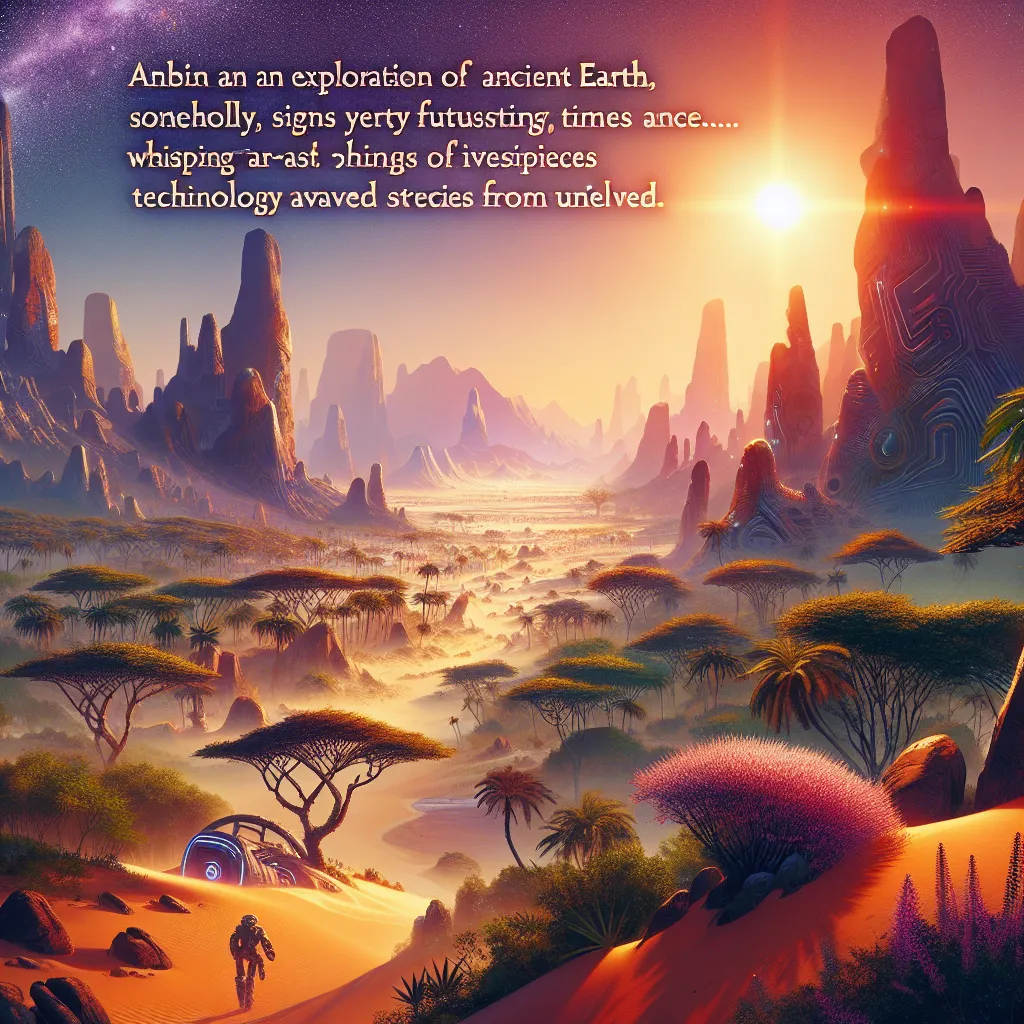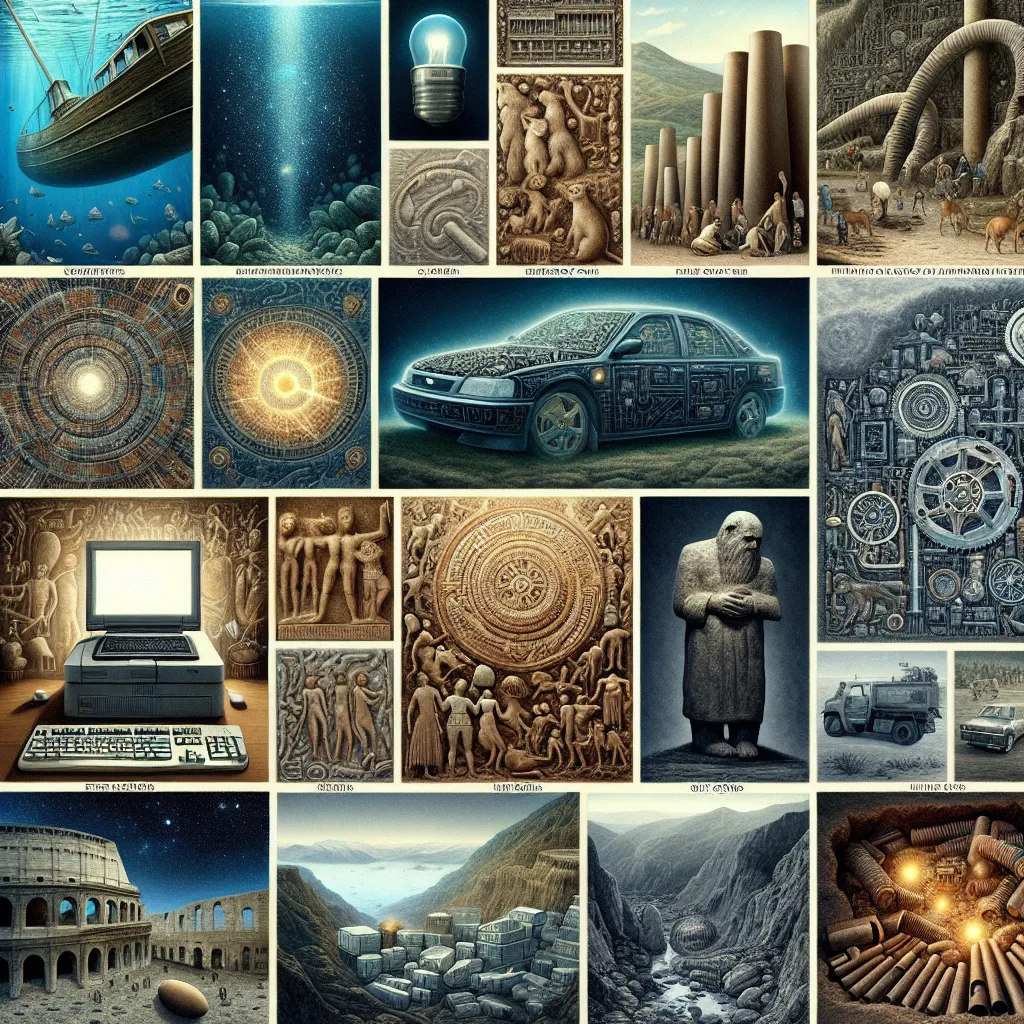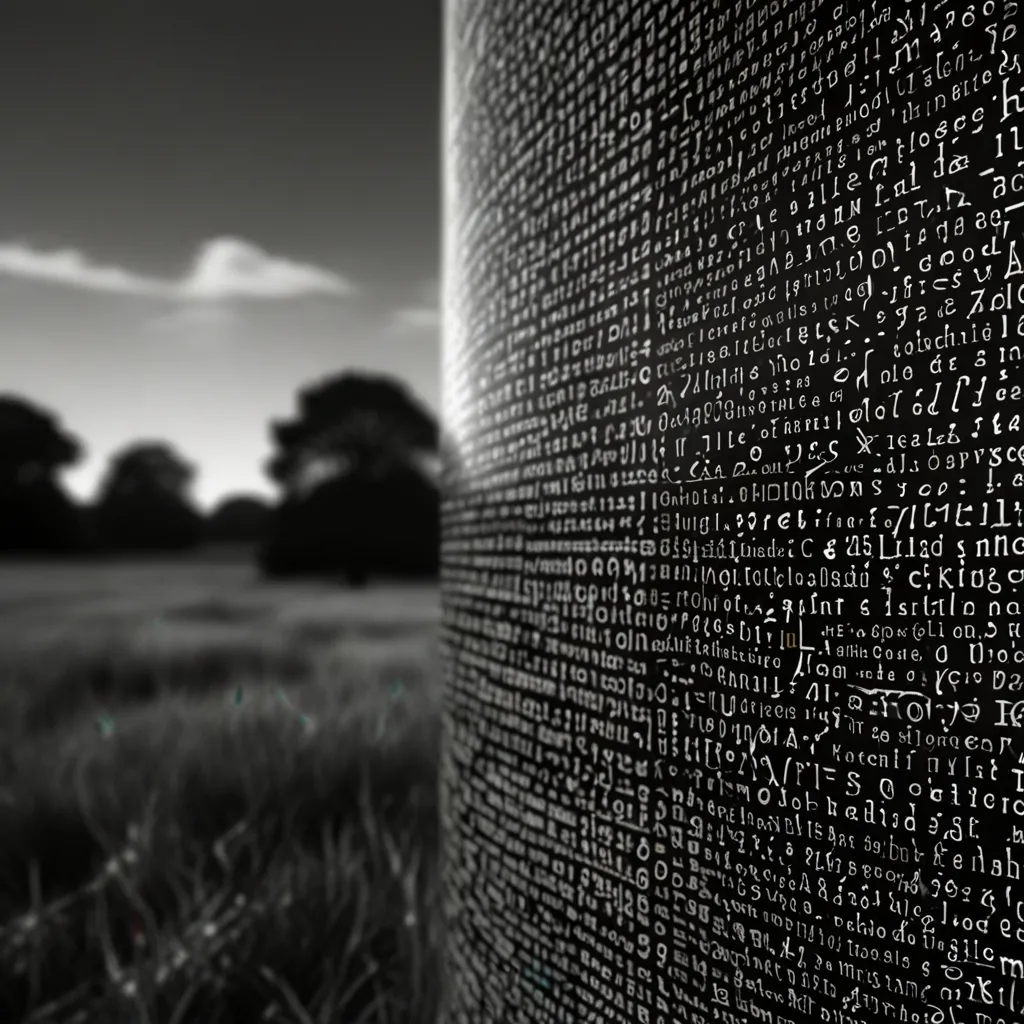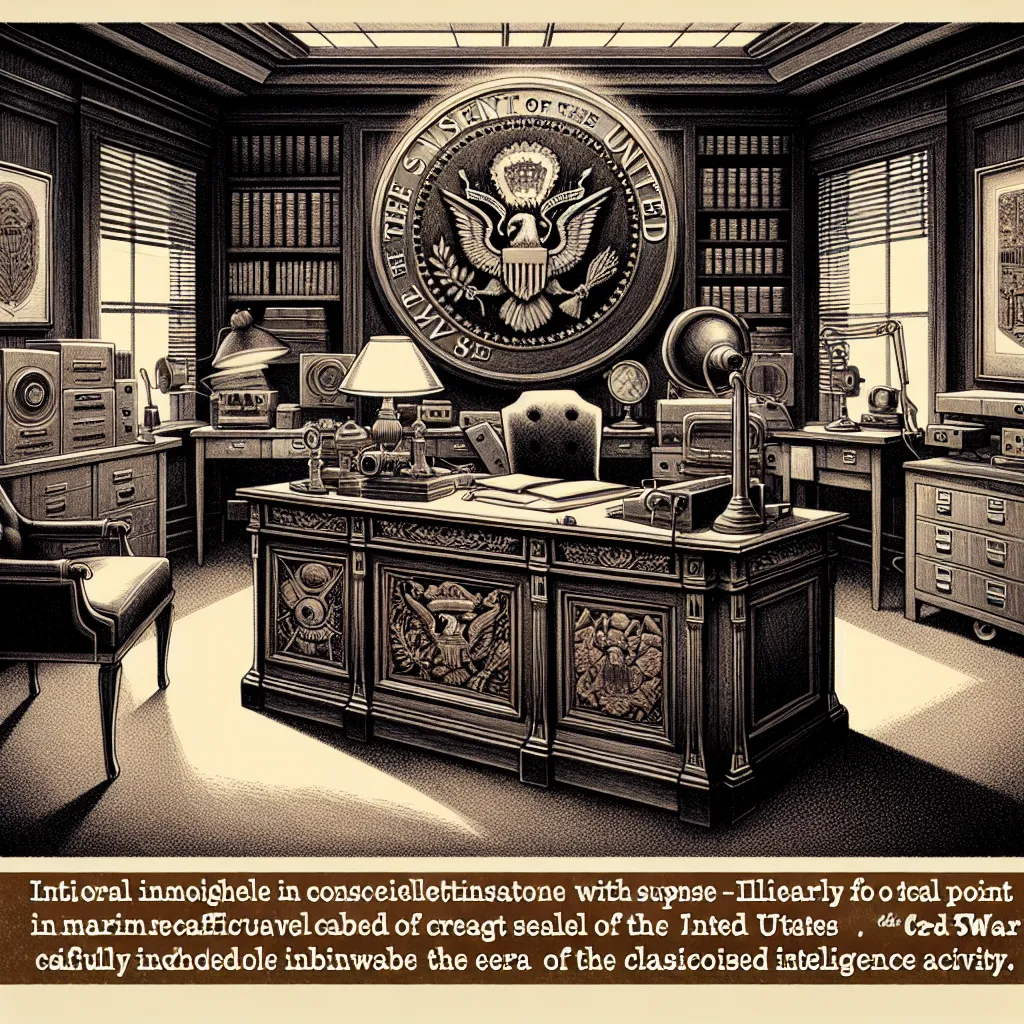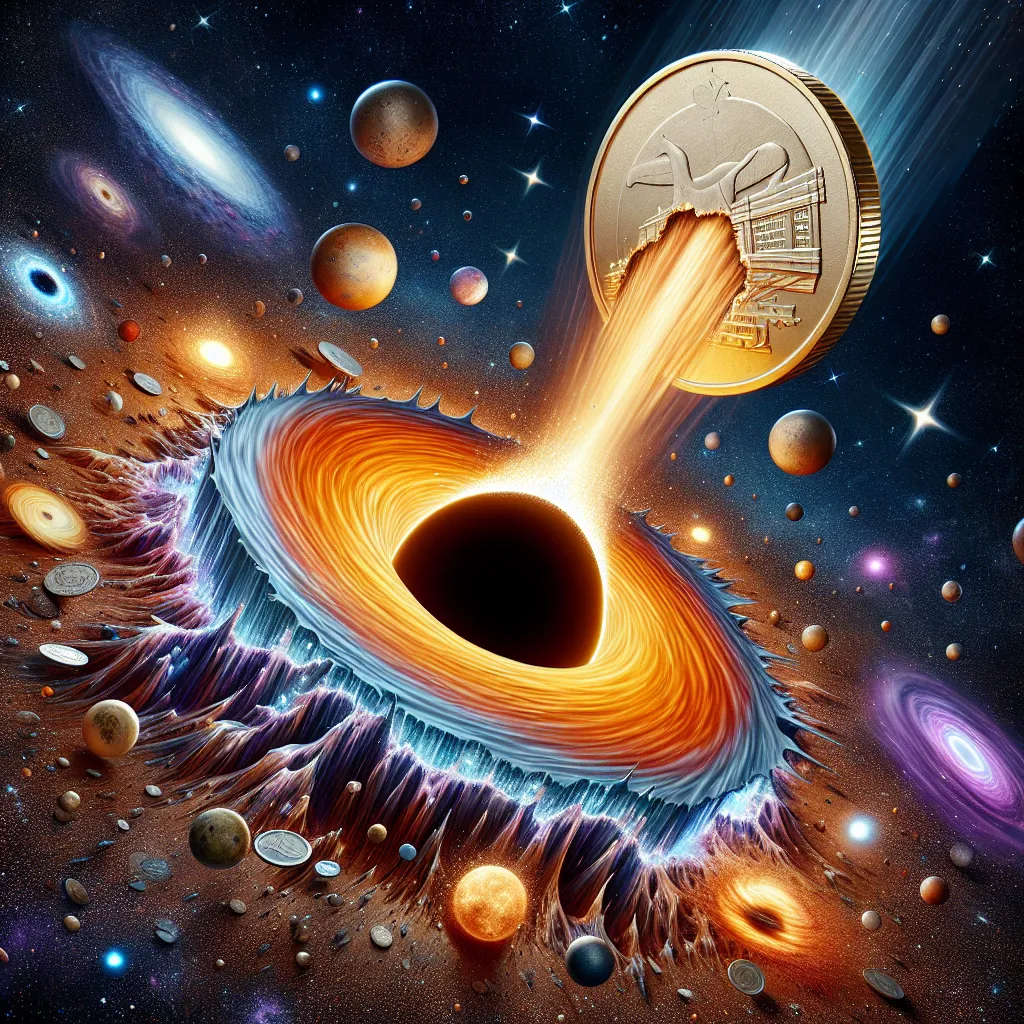When we think of alien civilizations, we often imagine distant planets. But there’s another vast realm we might be overlooking: time. Could other civilizations have existed on Earth over the last hundreds of millions of years? Indigenous technological species that rose and fell, leaving artifacts buried under our feet? Let’s explore what science says about this idea and its implications for us.
Life on Earth has been around for about 4 billion years, mostly as single-celled organisms. Then, some 540 million years ago, the Cambrian explosion marked the beginning of animal life. This offers a huge time window for these potential indigenous aliens. But how do we even start looking for them? Sadly, we only have one civilization for reference: our own.
Anatomically modern humans appeared roughly 300,000 years ago, likely living in small hunter-gatherer groups that gradually spread across the globe. Progress was slow until about 10,000 years ago, when the agricultural revolution changed our lifestyle forever. This enabled massive population growth and technological progress. Our existence changed Earth’s landscape visibly, from deforesting areas to constructing large cities and temples.
The industrial revolution, starting about 300 years ago, marked another significant shift. Our numbers skyrocketed, and so did our impact on the planet. If we look at our 300,000-year history, we were hunter-gatherers for 97%, farmers for 2.9%, and industrialists for just 0.1%. Yet, on geological timescales, we are very new. Even the sturdiest structures lose their durability over time.
The oldest large-scale surface on Earth is in the Negev Desert, only 1.8 million years old. Everything older gets crushed, buried, or turned over. In a few million years, our layer, the Anthropocene, will be just a few centimeters thick. If there were previous civilizations going through similar phases, their remains would likely be difficult to find.
Hunter-gatherer aliens could have existed similarly to our ancestors, like Homo Erectus or Neanderthals. They left behind some tools and even art, but very little remains of them today. Fossils from this period are incredibly rare, making it easy to miss evidence of earlier intelligent beings who lived as hunter-gatherers.
Agricultural societies leave behind more evidence due to the use of sturdier tools and the need to feed millions. They specialized, created complex technologies, wrote, navigated, and built large empires. Traces of their cities, monuments, and artifacts might still be found thousands of years later. For example, the pyramids may last hundreds of thousands of years.
Considering industrial civilizations, like ours, can also leave significant marks. If humans suddenly disappeared, we would leave many signs of our existence. The fossil record would show a mass extinction of wildlife and an increase in fossils of human-associated animals like cows and chickens. Our structures would crumble in a few millennia, but some of our impacts, like plastic pollution and changes in CO2 levels, might persist for much longer.
So far, we haven’t found any traces of an industrial alien civilization. No weird chemical layers, no radioactive decay indicating nuclear wars. Mass extinctions and shifts in the fossil record might have natural causes. However, if industrial societies stress their ecosystems and cause their own extinction, they might not be around long enough to leave lasting imprints. Sustainable civilizations might also leave tiny geological marks.
In the end, a lot of this is speculation. We shouldn’t let our imaginations lead us to unfounded conclusions. Just assuming something existed because we lack evidence against it is a trap. As things stand, the vastness of time seems as empty of alien civilizations as the vastness of space. Maybe we are alone in the universe, or perhaps we’ll find traces of others eventually. The key takeaway? Our civilization’s continuation isn’t guaranteed. If we’re not careful, we might disappear forever, leaving future civilizations to study our fossilized layer.
